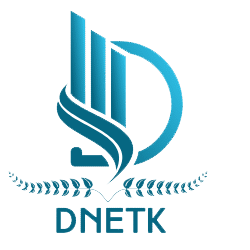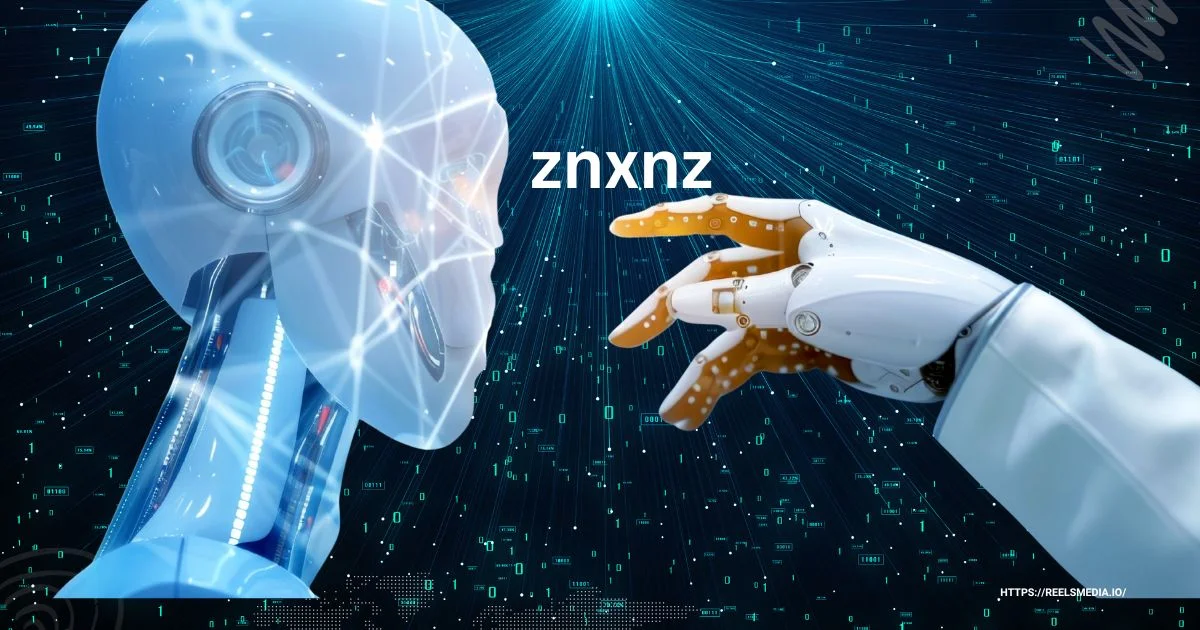What is “znxnz”
A placeholder or variable used in code or technical documentation (i.e., a randomly-generated identifier)
- A typo or transcription error of a more familiar term (for example in tech or internet jargon)
- A conceptual framework or coined term in speculative tech writing (see articles that describe “znxnz” as a next-gen tech ecosystem)
- An internet meme, hashtag, or social-media identifier (see #Znxnz usage)
Why the interest in “znxnz”?
Because “znxnz” is undefined, it offers a kind of blank canvas. Writers have used it as a metaphor for:
- Emerging tech frameworks, innovation platforms, and futuristic systems.
- The idea of “undefined variables” in digital culture (things that appear without prior definition).
- A prompt for investigation: “What does this mean?” — thus prompting context-analysis.
Possible Interpretations / Frameworks
Here are some ways we might interpret “znxnz”:
1. As a placeholder for innovation
In one article, “znxnz” is described as a “state-of-the-art framework of concepts and tools … not just one technology.”
So in this view, “znxnz” = “the next-gen ecosystem of AI + quantum + sustainability”.
2. As a typographical/placeholder term
Another article emphasises: “Perhaps the simplest explanation is that ‘znxnz’ is a typo.”
So you might see “znxnz” when someone intended a different word but typed/named this instead.
3. As a custom label or tag
In social media you see “#Znxnz” where people seem to use it to denote something unspecified, mysterious, or trendy.
Hence “znxnz” might simply be a brand, a project name, or a cryptic label.
Calculation / Quantitative framing (Hypothetical)
Since “znxnz” isn’t a defined quantity, we can create a hypothetical calculation framework for it.
Example: “znxnz Index”
Let’s define a znxnz index (Z Index) which attempts to quantify “innovation readiness” in an organisation using the idea of “znxnz”.
Suppose we define:
- AAA = scale of AI integration (0-100)
- QQQ = scale of quantum readiness (0-100)
- SSS = scale of sustainability integration (0-100)
- CCC = collaboration index (0-100)
We then define: Z=A+Q+S+C4Z = \dfrac{A + Q + S + C}{4}Z=4A+Q+S+C
So Z is the average of those four components.
Interpretation: An organisation with high scores in AI, quantum, sustainability, and collaboration yields a high Z-index → “high znxnz readiness”.
Example numeric calculation:
Say an organization has:
- A=70A = 70A=70
- Q=40Q = 40Q=40
- S=80S = 80S=80
- C=60C = 60C=60
Then: Z=70+40+80+604=2504=62.5Z = \frac{70 + 40 + 80 + 60}{4} = \frac{250}{4} = 62.5Z=470+40+80+60=4250=62.5
So the “znxnz index” = 62.5 (on a scale of 0-100) — meaning moderately high readiness for this “znxnz” concept.
Advanced variant: weighted formula
Maybe you believe AI is twice as important as the others, so you might weight accordingly: Z=2A+Q+S+C5Z = \frac{2A + Q + S + C}{5}Z=52A+Q+S+C
(Subtotal weights = 5).
If we plug the same numbers: Z=2(70)+40+80+605=140+40+80+605=3205=64Z = \frac{2(70) + 40 + 80 + 60}{5} = \frac{140 + 40 + 80 + 60}{5} = \frac{320}{5} = 64Z=52(70)+40+80+60=5140+40+80+60=5320=64
In this weighted model you get 64.
Interpretation ranges
- Z < 40: Low “znxnz” readiness – many improvements needed.
- Z between 40-70: Moderate readiness – some capabilities in place.
- Z > 70: High readiness – strong alignment with the “” concept.
(FAQs)
Q1: Is “znxnz” a recognised term in technology or business?
A: No — there is no standard definition in reputable academic or industrial sources. It appears mainly in speculative blogs or as a placeholder term.
Q2: How should I use ” in my work?
A: You may use it as a metaphor, brand-name, or conceptual label for future readiness, innovation ecosystems, or undefined variables — but clarify its meaning for your audience.
Q3: Can I rely on “znxnz” for strategic decision-making?
A: Only if you define it clearly in your context (e.g., via the Z-index above). Without definition, it’s ambiguous and may confuse stakeholders.
Q4: Why develop a index”?
A: It’s a tool to help quantify readiness for whatever means in your organisation (innovation, tech adoption, transformation). The act of measurement raises awareness.
Q5: What pitfalls should I be aware of?
A: The major pitfall is ambiguity — if you use without definition, followers may not know what you mean. Also, weighting and scoring can be arbitrary — ensure transparency.
Summary
The term serves as an intriguing blank-canvas concept. While it doesn’t have a fixed meaning today, it can be a powerful metaphor for innovation, readiness, or undefined potential — if you define it carefully. Creating a calculation framework (like the Z-index above) can help anchor it in measurable form.

